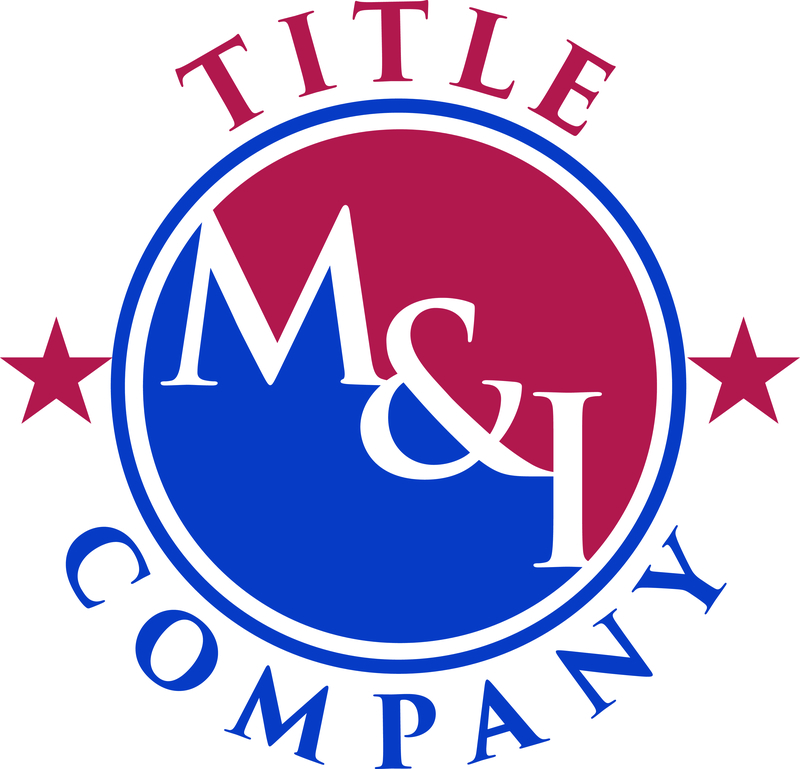
In my opinion, the capital gains tax exclusion that was granted to homeowners under the Taxpayer Relief Act of 1997, is the single best, wealth-building opportunity, that’s ever been made available to the average American. That’s because, under Section 121, of the Internal Revenue Code, a single homeowner can exclude, up to $250,000, from the sale of their principal residence, from capital gains tax, and a married couple, filing a joint tax return, can exempt up to $500,000. The only requirement is that a homeowner must have owned and occupied their home, for a total of twenty-four out of sixty months, prior to the sale. And best of all, homeowners can use this home sale tax exclusion, every two years, until they depart Planet Earth. This means, that a serial homeowner, could live off of the proceeds from the sale of their principal residence, every two years and legally never pay another penny in federal taxes. That’s right; you read it correctly, and when I say no federal taxes, I mean the whole kit and caboodle: income tax, social security tax and Medicare tax. And if you live in Alaska, Florida, Nevada, South Dakota, Texas, Washington and Wyoming, states that have no personal income tax, your tax obligation, would be limited to sales and property taxes. New Hampshire and Tennessee tax only dividend and interest income. And New Hampshire doesn’t have a sales tax, so the only tax that would have to be paid, is property taxes. Hopefully, by now, you can start to comprehend, the wealth-building power, that this perfectly legal tax shelter affords all homeowners in America, who know how to take full advantage of it. The capital gains tax exclusion, on the sale of a principal residence, is explained in plain English, in Internal Revenue Service (IRS) Publication 523, Selling Your Home.
Why Being a Serial Homebuyer May be the Ideal Real Estate Investment Strategy
As far as I am concerned, the capital gains tax exclusion has made homeownership, the safest and most profitable real estate investment opportunity available in America today. Think about it for a minute, the easiest and most inexpensive piece of property in America, to finance, insure, maintain and sell, is an owner-occupied, single-family home. And as a serial homebuyer, you’ll never wakeup at night, in a cold sweat, worrying about tenants or vandals destroying your property, or how you’re going to come up with the loan payment, for a vacant rental property. You alone, will be in total control of your investment property–your home–twenty-four hours a day; seven days a week. And to top it all off, as a serial homebuyer, you’ll have the opportunity to earn between $250,000 and $500,000, of tax-free income, every two years, simply by selling your principal residence.
The Five Types of Properties That Qualify as a Principal Residence
The following five types of properties qualify, as a principal residence, for tax purposes:
1. House.
2. Houseboat.
3. Mobile home.
4. Cooperative apartment.
5. Condominium.
Six Factors the IRS Considers to Determine a Homeowner’s Principal Residence
When a taxpayer owns multiple homes, the IRS considers the following six factors, to determine, which home is their principal residence, for tax purposes:
1. Location of the homeowner’s principal residence.
2. Location of the homeowner’s place of employment.
3. Mailing address used by the homeowner for bills and correspondence.
4. Address listed on the homeowner’s federal and state tax returns, driver’s license, automobile registration and voter registration card.
5. Location of the homeowner’s bank.
6. Location of any recreational clubs or religious organizations that the homeowner is a member of.
Married Couples Can Earn up to $500,000 Tax-Free Every Two Years
Married couples, who file a joint income tax return, can exclude up to $500,000 of capital gains tax, from the sale of their principal residence, provided they have:
1. Owned the home for two years.
2.Used the home as their principal residence for two years.
3. Not claimed the capital gains tax exclusion from the sale of another home within the past two years.
Single and Joint Homeowners Can Earn $250,000 Tax-Free Every Two Years
A single homeowner, or two people, who own a home jointly, and file separate income tax returns, can each exclude up to $250,000 of capital gains tax, from the sale of their principal residence every two years, provided they have:
1. Owned the home for two years.
2. Used the home as their principal residence for two years.
3. Not claimed the capital gains tax exclusion from the sale of another home within the past two years.
Partial Exclusion is Available for Homeowners with “Unforeseen Circumstances”
The IRS will waive, on a case-by-case basis, the two-year use test and allow a home to qualify as a principal residence, if the homeowner owned and occupied the home for less than twenty four months, but had to sell their residence, due to “unforeseen circumstances,” such as:
1. Death.
2. Divorce or legal separation.
3. Ineligibility for unemployment compensation.
4. A change in employment that leaves the taxpayer unable to pay the mortgage or reasonable basic living expenses.
5. Multiple births resulting from the same pregnancy.
6. Damage to the residence resulting from a natural or manmade disaster, or an act of war or terrorism.
7. Condemnation, seizure or other involuntary conversion of the property.
The amount of capital gains tax that can be excluded, is based on how many months the homeowner lived in their principal residence, during a twenty four month period. For example, if a single homeowner lived in their home for eighteen months, they could exempt seventy-five percent of the $250,000 maximum exclusion allowed, which be $ 187,500 ($250,000 x .75 = $187,500).
Best to Buy Undervalued Homes with Upside Potential
If I were you, I would stay away from trophy type homes in pristine condition. Instead, I would buy undervalued homes, with what’s known in the business, as “upside potential.” Upside potential is just a fancy way of saying that a property has room for improvement, which can result in an increase in its resale value. At a minimum, I would buy a structurally sound three-bedroom, two bathroom home, with an attached two-car garage and a fenced in backyard, which is in need of paint, landscaping, new appliances, countertops, cabinet hardware, floor coverings, window treatments, bathroom fixtures, light fixtures, door hardware and other cosmetic upgrades. These are the type of houses that are in, what I refer to, as a “used and bruised” condition, which can be inexpensively and quickly corrected, by giving a home a cosmetic facelift. And when you buy these types of homes, you’ll have an opportunity to realize do-it-yourself appreciation, from upgrading the home, market wide appreciation from an overall increase in property values and exclusion from paying $250,000 to $500,000 in capital gains tax.
Copyright © Thomas J. Lucier
About the author:
Thomas Lucier has written seven books on real estate investing and property management and, as an author, is proud that hundreds, if not thousdands of real estate investors worldwide have used his advice to earn millions of dollars collectively. His website, AvoidBadRealtors.com, provides, in his Thomas’s own words, “Reliable Information and Practical No-Bullshit Advice form a Seasoned Real Estate Professional and Best Selling Author.”




Leave a Reply
You must be logged in to post a comment.